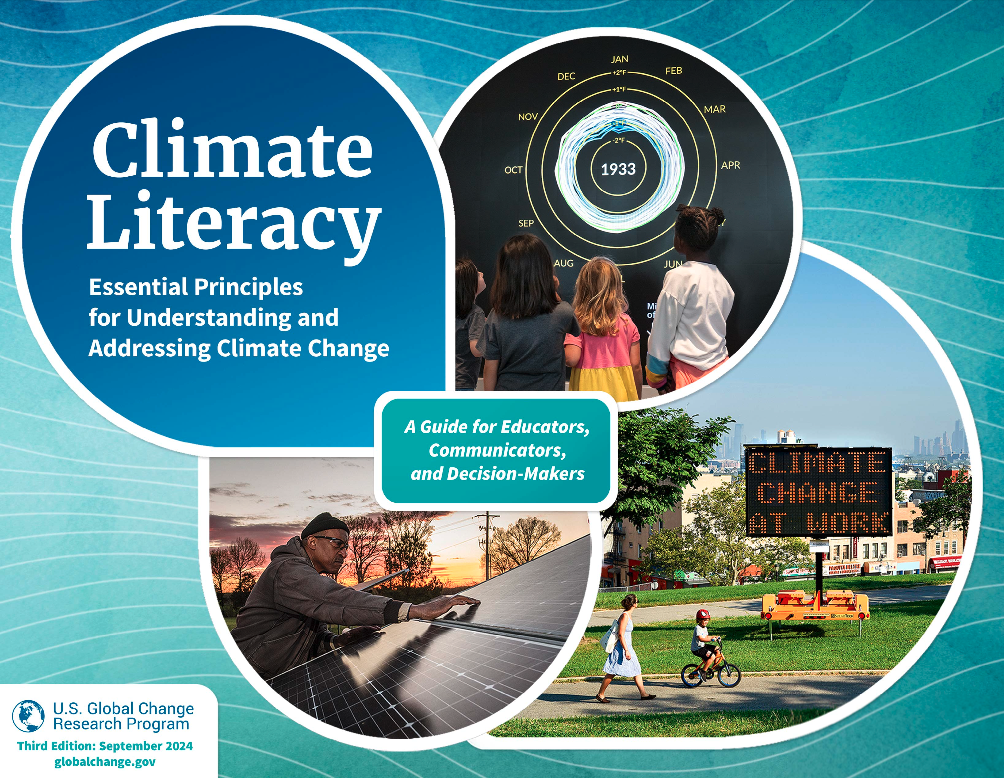The greenhouse gases released by human activities include carbon dioxide (CO2), methane (CH4), nitrous oxide (N2O), and fluorinated gases. Increasing the amount of greenhouse gases in the atmosphere causes our planet to warm, with far-ranging effects on the climate system.
Climate change has widespread consequences for the health and well-being of people and ecosystems, including more frequent and severe flooding, drought, damaging storms, and wildfires; changes in food availability and crop-growing patterns; threats to water supplies; and increases in vector-borne diseases, mental health challenges, and heat-related illnesses and deaths. Together, these consequences can also worsen risks to our national security.
Although some people and places may experience limited or short-term benefits from climate change, adverse impacts already outweigh most positive effects and will increasingly eclipse any benefits as warming continues.
While climate change affects us all, the consequences are not the same for everyone. Some individuals and communities face higher health risks depending on factors such as their age, where they work or live, their access to resources, and preexisting health conditions. These factors are shaped by social and economic contexts. For example, low-income communities and communities of color face more severe risks and harms because they are more likely to live or work in places that are exposed to climate hazards, and often have fewer resources to respond to the impacts. In rural areas, these risks can be even higher due to lack of resources or infrastructure to adapt. Younger people will also face increasing burdens from climate change throughout their lifetimes. Understanding how and why people experience climate change impacts differently, and how social and cultural contexts shape their capacity to respond, is an important part of climate literacy.







